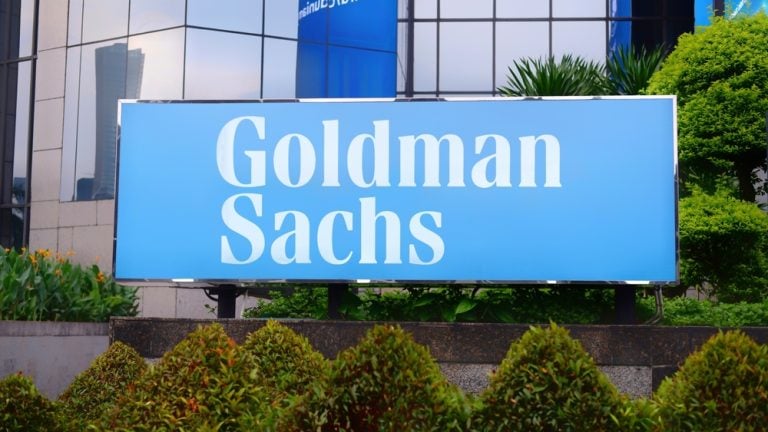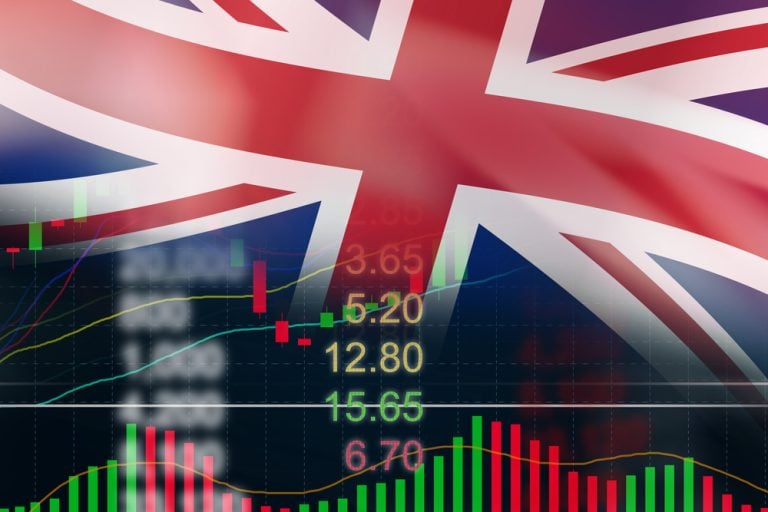Having viewed too many medical soapies, your columnist is relieved that robots are rapidly replacing surgeons in the (literally) hands-on aspect of the role.
Why? In shows such as ER and Grey’s Anatomy, the knife wielders are more obsessed with their love lives than getting the excisions right.
In real life, the hands of older surgeons are also shakier than they once were – in the operating theatre as well as on the golf course.
In contrast, robots have hands that won’t move a millimetre out of place for the whole procedure, as well as ‘minds’ that are undistracted by tawdry affairs with interns.
Surgical robots are a key growth avenue for the ASX-listed Optiscan (ASX:OIL), a leader in an imaging technique called confocal laser endo-microscopy (CLE).
A potential replacement for biopsies, CLE enables clinicians obtain a live, or ‘in-vivo’, three-dimensional (3D) microscopic digital image of tissue with a hand-held device.
“We are trying to shift the pathology work flow from being a manual analogue outdated procedure to bringing the pathologist and the surgeon into the operating theatre where they make decisions using our platform,” says Optiscan chief Prof Camile Farah.
Not the endo the story …
Optiscan has developed Invivage, a hand-held pen-like device for digital biopsies that harnesses confocal laser endo-microscopy (CLE) to produce high-resolution images.
The devices provide surgeons with a real-time view of individual human cells, magnified 1000 times during a procedure. The images are conveyed via a single optical fibre, placed directly on the tissue.
Surgeons and pathologists can make real-time decisions during surgery, in a fraction of the time it takes to get a verdict on a biopsy from the laboratory.
The surgeon knows immediately whether further excision is required or – just as importantly – whether the suspect mass is benign.
The device is relevant for open surgery, notable for lumpectomies (breast surgery) but the company is also developing a flexible version to assist surgeons in laparoscopic (keyhole) surgeries.
In the US, procedures such as lumpectomies and proctectomies (rectal surgery) increasingly are being carried out by robots. Optiscan’s probes enable the real-time imaging of the suspect area to be conveyed to the surgeon, who guides the robot via a joystick.
But biopsies be gone …
Physical biopsies have been around for more than a century but remain the standard-of-care for determining diseases.
A biopsy involves removing a small piece of tissue, also known as human flesh or the suspected growth, with the sample analysed under a microscope.
Biopsies can be notoriously painful and result in side effects such as bleeding, infection and even accidental damage to adjacent organs.
They also take precious time and often turn out to be unnecessary.
Muddling along
Optiscan has a tangled history marked by regular management upheavals and missed deadlines.
The company was founded in 1994 as an arm of Circadian (now Opthea), based on technology invented by Peter Delaney who was working with the CSIRO.
Optiscan listed on the ASX 1997, with a star-studded board including Dr Alan Finkel, later the nation’s chief scientific officer, along with Vision Systems’ and Biota’s Dr Jim Fox.
In 2002, Optiscan started selling an early version of the device for gastro-intestinal surgery, via a partnership with Japan’s Pentax (which finally cottoned on that film cameras had about as bright a future as nightmen and blacksmiths).
In 2007, Optiscan formed a collaboration with German optics house Carl Zeiss Meditec (CZM), which gained exclusive rights to Optiscan’s neurosurgery, ear, nose, throat and spine applications.
Under the tie-up, Optiscan sells the units to Carl Zeiss, which will then market them under its own name (Convivo).
Optiscan derives modest revenues from both this alliance and Viewnvivo, a miniaturised handheld probe used for research purposes by universities and big pharma.
Along with a string of chairs and chief executive officers, Delaney led the company until 2016, when he was succeeded by Scotsman and sports administrator Archie Fraser in 2016. He resigned in January 2018, to be replaced by executive chair Darren Lurie.
At one stage Delaney became chief technology officer, but in a farcical turn of events he quit the role amid a shareholder challenge, only to be reinstated.
A Perth-based oral physician and pathologist, Prof Farah was appointed in December 2021 with a remit to move the company to developing its own hardware and digital software tools.
Best breast results
On September 19 this year, the company reported the interim results of a current trial at the Royal Melbourne Hospital, which assesses the efficacy of Invivage compared with traditional histology (microscope examination of cells) for breast cancer.
An ex-vivo analysis of 15 distinct tumours in 12 patients post-surgery showed an “excellent correlation between Optiscan’s real-time CLE test and traditional histological analysis”.
Prof Farah describes the preliminary results of the samples post-surgery as “quite spectacular”.
“We are still continuing with analysis and might have another update by the end of this year,” he says.
In effect, the imaging was after the fact. In the next stage, the patient will be imaged during surgery, enabling better assessment of whether all the tumor has been excised.
“The difference is it is the surgeon doing the imaging and making the decisions,” Prof Farah says. “The first study was all about ‘let’s see if we can do this’ and, clearly, we can.”
Disturbingly, one-third of breast cancer lumpectomy patients still have cancerous cells in the surgical bed and must return for a wider resection.
Optiscan’s ‘platform’ approach means its technology has broad live microscopic imaging applications, including in pathology, life science research and vet clinics.
“Oncology makes sense for us as a starting point, because it’s a huge addressable market with numerous clinical issues to solve,” Prof Farah says.
The ex-vivo trial was a non-inferiority exercise, which means Optiscan merely had to prove the device was no less accurate than the current standard of care.
Tackling the FDA first
Optiscan is focused on securing regulatory approval with the US Food and Drug Administration (FDA), followed by the Australian and European gatekeepers.
It’s expected the breast cancer data will support the FDA application, under the de novo (new device) route.
In August 2022, the company submitted the device for oral cancer screening, under the 510(k) predicate device channel. But the agency told the company to take the novel route.
Still, Prof Farah describes the FDA process as straightforward, relative to the “very difficult” European pathway.
Prof Farah adds the amount of further work required depends on the claims the company chooses to pursue.
“If it’s about diagnostic accuracy the [FDA] will want US data, but if it’s about just imaging ability maybe they will accept well-designed studies in jurisdictions such as Australia.”
March of the robots
Prof Farah notes that da Vinci, the robot made by the world’s largest robotics company Intuitive Surgical, is widely used in prostate and head and neck cancers and is now becoming deployed in lumpectomies.
“There are about 50 other robotic players coming in to the market in the US and China, to challenge da Vinci,” Dr Farah says.
Currently, the standard method of assessing whether all of a tumor has been resected is called digital palpation. That’s a fancy term for surgeons feeling around the margin of the tumour with their fingers, to check for any remaining hard bits.
The robots do not use their fingers, but are guided by the probe that monitors in real time.
“You can miniaturise this probe and embed it either with a robot, or adjacent to a robot,” Prof Farah says.
“It provides so much more flexibility across the board.”
Prof Farah says Optiscan’s probe can be adjusted to the tumor type and skill levels of the surgeon, as well as the type of robot.
“With all our devices we would like to be as ‘agnostic’ as possible, so we can supply as many players as possible.”
AI and tele-pathology
In January this year, the company signed a deal with Canada’s Prolucid Technologies, an artificial intelligence (AI) leader.
The compact involves the parties developing AI algorithms to enable immediate clinical decision making, focusing on oral cancer in the first instance.
Optiscan retains all intellectual property and no royalties are payable.
The initial focus is on developing a tele-pathology platform enabling quality slide-free, biopsy-free imaging in remote geographies: in effect an artificial pathologist.
The pathology images can be downloaded and viewed by the clinician or pathologist in real time – and it doesn’t matter whether the parties are in the same location or even country.
“We are trying to create a digital platform for the exchange of information and images, similar to what happened in radiology,” Prof Farah says.
In mid-August, the parties announced they had completed a key technical milestone pertaining to ensuring the platform is secure and scalable across all health systems.
Finances and performance
In July this year, Optiscan completed a $16.7 million rights issue at eight cents a share.
The raising was supported by the two largest and long-time shareholders, Bob Peters’ Peters Investment and the Singapore based Orchard Capital.
Both parties partially underwrote the raising and subscribed for their full allocation of $6.95 million and $2.68 million of shares respectively.
The company says the dough will fund its activities for the next three years “and cover off on all research and development and product development stages”.
In the year to June 2023, Optiscan chalked up revenue of $1.68 million, $378,000 from Viewnvivo sales. The company also pocketed $737,570 in Federal Research and Development Tax Incentives.
Optiscan shares have declined from 15 cents in late October 2022, to a record low of seven cents on October 24 2023. The stock peaked at 44 cents in late April 2021.
Dr Boreham’s diagnosis:
Optiscan is suffering the common ailment of an ailing share valuation that seemingly goes against the grain of its clinical progress.
When we last covered the stock way back in 2017 – and apologies for the neglect – the shares were worth 9.0 cents for a $38 million market cap.
“We know there needs to be some significant needle-moving events,” Prof Farah says.
“We expect 2024 will show the results of our hard work for the last couple of years, in terms of making that significant transformation.”
The views, information, or opinions expressed in the interviews in this article are solely those of the interviewees and do not represent the views of Stockhead. Stockhead does not provide, endorse or otherwise assume responsibility for any financial product advice contained in this article.
Disclosure: Dr Boreham is not a qualified medical practitioner and does not possess a doctorate of any sort. He has never had an endoscopy but is often scrutinised under the microscope and told to have a good look at himself.
The post Dr Boreham’s Crucible: Can the magic acronyms ‘AI’ and ‘FDA’ see Optiscan probe new heights in 2024? appeared first on Stockhead.






















+ There are no comments
Add yours